What is the ideal inter pregnancy interval?
The time from the livebirth of one baby to the conception of the next pregnancy, is defined as the inter pregnancy interval (IPI). Interesting recent Canadain based research has rekindled the discussion around the best length of the (IPI), from a medical perspective.
About 150 000 pregnancy outcomes were analysed, both from the maternal as well as the fetal/infant angle, in this population based cohort study. Women were startified into two main groups, >35years of age and a younger batch of 20-34 years age range. Thus essentially asking the question
How had maternal age at the index pregnancy, in this data set, impacted on the association between a short IPI and adverse pregnancy outcomes?
Increased Maternal Mortality & Severe Morbidity with a short IPI, in the >35yo group (including mechanical ventilation, blood transfusion>3 units, intensive care unit admission, organ failure & death) aRR 2.39 (CI 2.03–2.80) 0.26% at 18mths compared with 0.62% at the 6 month mark. but not for women aged 20 to 34 years
Increased risks of adverse fetal and infant outcomes and spontaneous preterm delivery were more pronounced for women aged 20 to 34 years than for those 35 years and older.
Hence a shorter interpregnancy interval seems to be associated with higher risks for adverse pregnancy outcomes for women of all ages; maternal risks at short IPIs may be greater for older women, whereas fetal and infant risks may be more pronounced, for younger women.
World Health organisation recommends an ideal time of 24 months as an IPI, Unicef recommendations are around a breastfeeding till 2 years of child age prior to embarking on another pregnancy, US Aid between 3-5 years as an IPI. Mind you, most of these recommendations are based on evidence from overseas, low resource settings where effects of malnutrition, maternal anaemia and higher maternal and perinatal/infant morbidity and mortality indices are the norm.
In the Australian context a short spacing time between pregnancies (<1year) brings additional risk to the pregnancy outcome, but we do enjoy overall low maternal & neonatal morbidity and mortality rates comparatively to the former and most mothers and babies fare well.
The Australian Total Fertility rate was 1.74 in 2017 ,well below replacement level. There were just over 300 000 births in Australia in 2017 and the 30-34 year mums continue to have the highest fertility. There is an ongoing trend towards delayed childbearing and the fertility rates for the 40-44 year group has tripled over the past 30 years.
A wholistic and individualised approach is best, including the emotional journey of the woman and her family (it was my pleasure to buddy with the Head of Perinatal Mental Health at the Royal Hospital for Women, Sydney), Prof Marie-Paul Austin for this ABC Radio interview, aimed at capturing a more comprehensive patient journey, than just the major maternal and fetal/neonatal risks, reported in this study.
Decision making by the woman/couple should include
Patient preference
Maternal age/fecundity
Social & economic factors
Access to childcare support
Baseline maternal health
Mode of birth, if cesarean section, ? desire for vaginal birth in subsequent pregnancy etc
Ultimately our role is to provide risk benefit details supporting informed patient choices. Access to contraception and awareness around the benefits of post partum contraceptive use is paramount. Even today, only half of pregnancies are planned ones, which reflects much room for improvement on that front. Intrestingly, the other end of the spectrum, a long IPI (>5yrs) is associated with increased risk of preeclampsia, preterm birth and small for gestational age babies.

